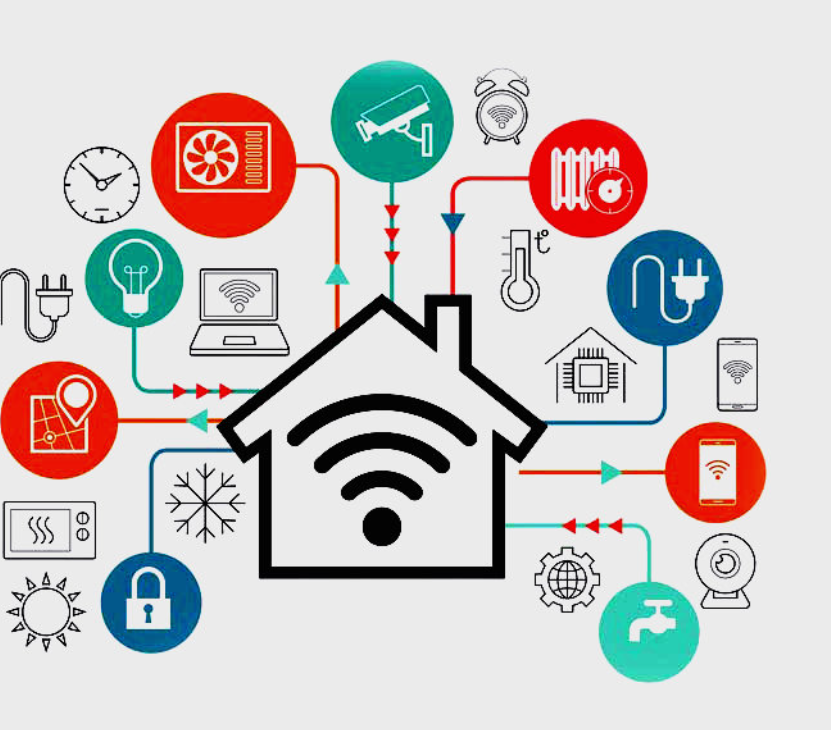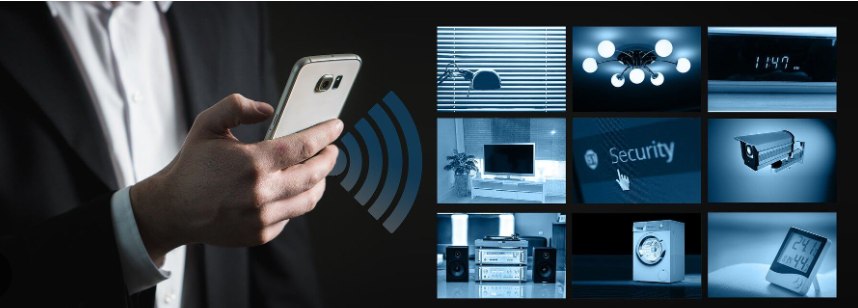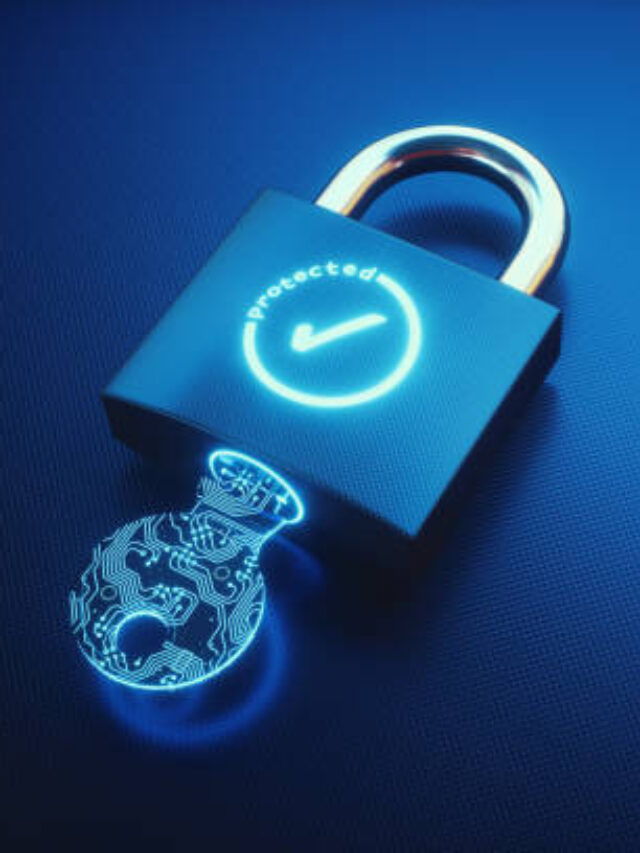The concept of home security has advanced beyond locks and alarms in today’s digitally connected society. The concept of a “smart home” has become a reality with the emergence of smart devices, providing ease and efficiency unlike anything else. However, there may be security and privacy hazards associated with this convenience. In this article, we’ll examine how to use smart home security to protect your privacy while using the advantages of contemporary technology.
Table of Contents
Introduction: The Age of Smart Homes
In recent years, the idea of a “smart home” has gained popularity, offering an automated and convenient existence. The opportunity to simplify daily tasks is tempting, from voice-activated lights to thermostats that adjust on their own. Thoughtful analysis is needed because of the potential vulnerabilities introduced by this interconnection.
Understanding Smart Home Devices and Security
A wide range of technologies are included in smart home appliances, such as thermostats, cameras, door locks, and virtual assistants for Home security. Although they provide a ton of convenience, these gadgets also gather and send data, which raises questions about who has access to this information.
Secure Network: The Foundation of Smart Home Security

A strong and secure network is the basis of smart home security. All linked devices could be vulnerable to breaches if a network is exploited. Your Wi-Fi network must be encrypted and secured with a strong password for Home Security.
Keep Software Updated: Patching Vulnerabilities
To remedy security flaws, manufacturers frequently offer software updates. Your smart gadgets’ firmware and software should be updated frequently to keep you safe from known exploits.
Strong Passwords: Your First Line of Defense
One of the most important steps in preserving your privacy is setting up secure, individual passwords for each of your smart gadgets. To increase convenience and security, avoid using default passwords and think about using a password manager.
Two-Factor Authentication: Adding an Extra Layer
By requiring a second verification method in addition to your password, such as a text message or authentication app, two-factor authentication (2FA) adds an extra layer of protection.
Guest Network: Separate Access for Visitors
You can make sure that your primary network, where your smart devices are located, is secure by setting up a separate guest network for guests. Internet connectivity is available to visitors without jeopardizing privacy.
Data Encryption: Safeguarding Information
Make sure that the data being transmitted by your smart devices is encrypted. As the data moves between devices and servers, this prevents illegal access.
Disable Unnecessary Features: Minimizing Exposure
There are features on some smart devices that you might not want. To lessen potential weak points, disable any settings or functionality that are not necessary.
Smart Speaker Caution: Guarding Your Conversations

Smart speakers may unintentionally capture private conversations since they are constantly listening for voice commands. To preserve your privacy, review and remove voicemails frequently.
Camera Privacy: Balancing Security and Intrusion
Security cameras provide you piece of mind, but if used carelessly, they can also invade your privacy. To reduce pointless recordings, strategically position cameras and use motion detection technologies.
Regular Audits: Reviewing Device Permissions
Review the permissions each of your smart devices has been given on a regular basis. Adjust permissions as appropriate because certain devices may have access to more information than is necessary.
Apps from Third Parties: Access
When giving third-party apps access to your smart home devices, use caution. App permissions should be carefully considered, and only use programs from reliable sources.
Using a router to secure your network
Since your router is the entry point to your smart home network, home security is of the utmost importance. Update router firmware frequently, disable firewall protection, and alter the default login passwords.
Set limits while using smart devices with kids.

Teach your kids the value of privacy and appropriate device use if you have any at home. Establish rules for smart device usage and make sure users are aware of the dangers.
Conclusion: Embracing Smart home Safely
Embracing smart home technology doesn’t mean sacrificing privacy and security. By following these top tips, you can navigate the world of smart devices confidently, reaping the benefits of convenience while safeguarding your personal information.
FAQ
Can smart devices be hacked easily?
Smart devices can be vulnerable if not properly secured, but taking security measures significantly reduces the risk.
Is it safe to use voice assistants at home?
Using voice assistants is safe when configured correctly, but it’s important to be mindful of potential privacy implications.
How often should I update my smart device’s software?
Regularly update your smart device’s software to patch vulnerabilities—aim for at least once a month.
Can I use the same password for multiple smart devices?
It’s not recommended. Use unique, strong passwords for each device to enhance security.
Are there any privacy concerns with smart cameras?
Smart cameras can raise privacy concerns, so position them thoughtfully and review recordings periodically.



